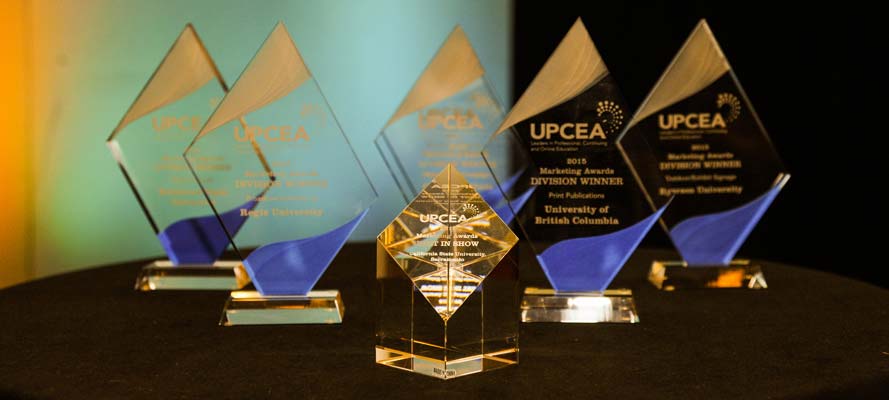The Benefits of Higher-Order Multiple-Choice Tests (Inside Higher Ed)
In an excellent column, Ray Schroeder, senior fellow for the Association of Leaders in Online and Professional Education, laments the tendency for many instructors to rely on text-specific test banks as source material for student assessment. Not only are these inquiries susceptible to cheating, he says, they assess lower-order, nonlocalized and therefore less relevant knowledge like names and dates.
Schroeder praises Grant Wiggins’s work on authentic assessment as a preferable standard for evaluation design. Authentic approaches require judgment and innovation, asking students to proactively apply knowledge and skills in realistic contexts. “There is no shortcut to demonstrating that you can apply what you have learned to a unique, newly shared situation,” Schroeder asserts. I could not agree more. Authenticity is key.
But here is where things get tricky: Schroeder states, “Clearly, authentic assessments are never a multiple choice of a, b, c, d or true/false exams.” There is certainly some truth to this. Multiple-choice assessments are, indeed, limited.


